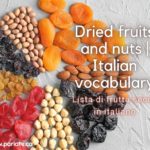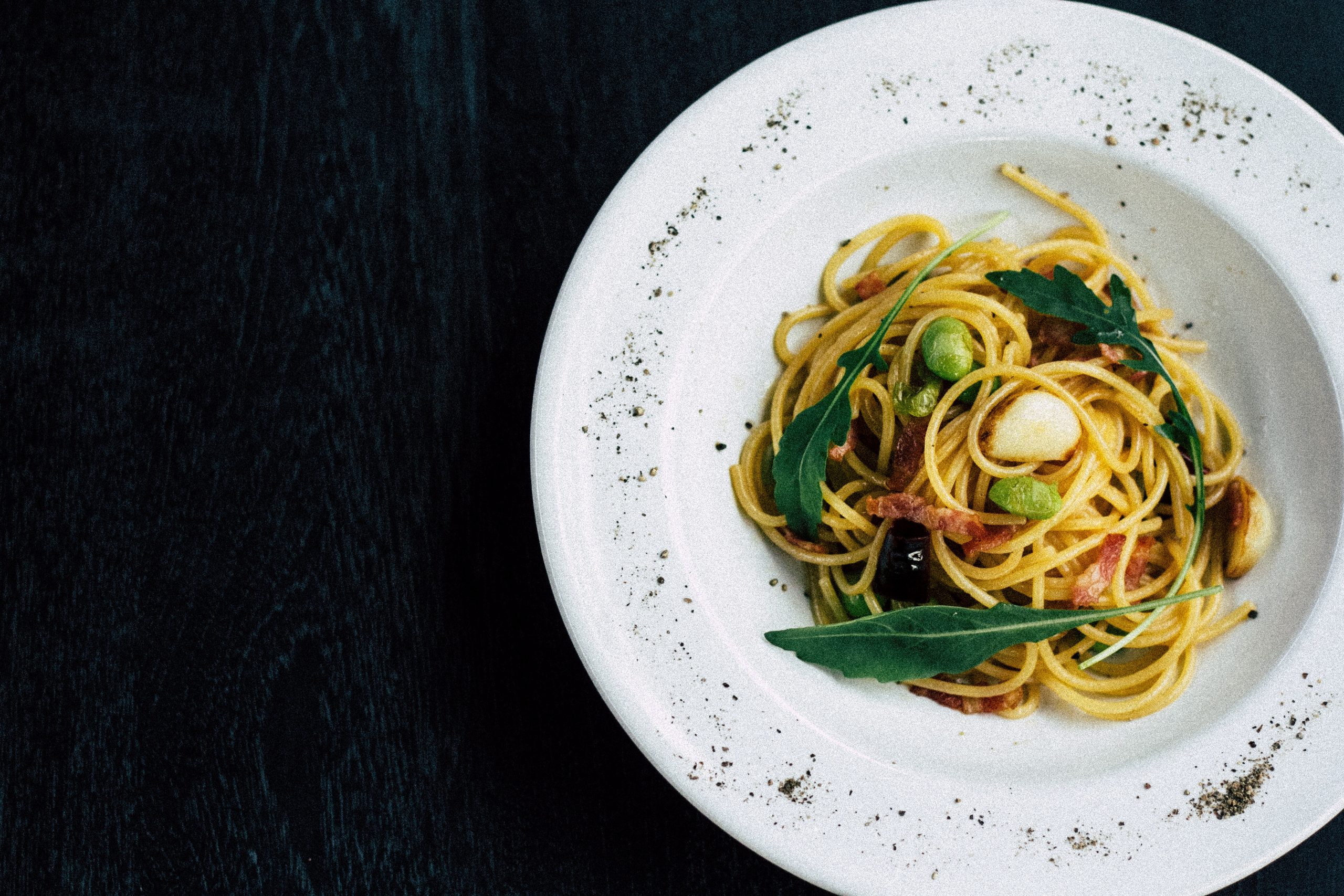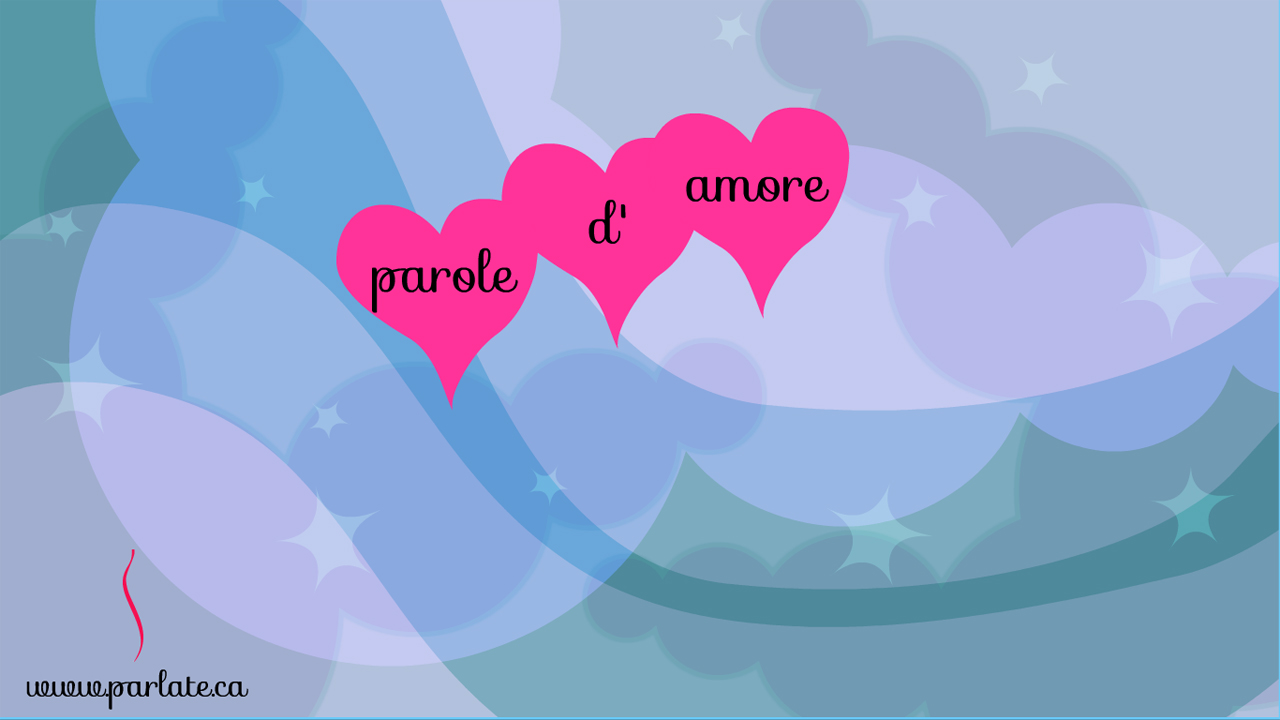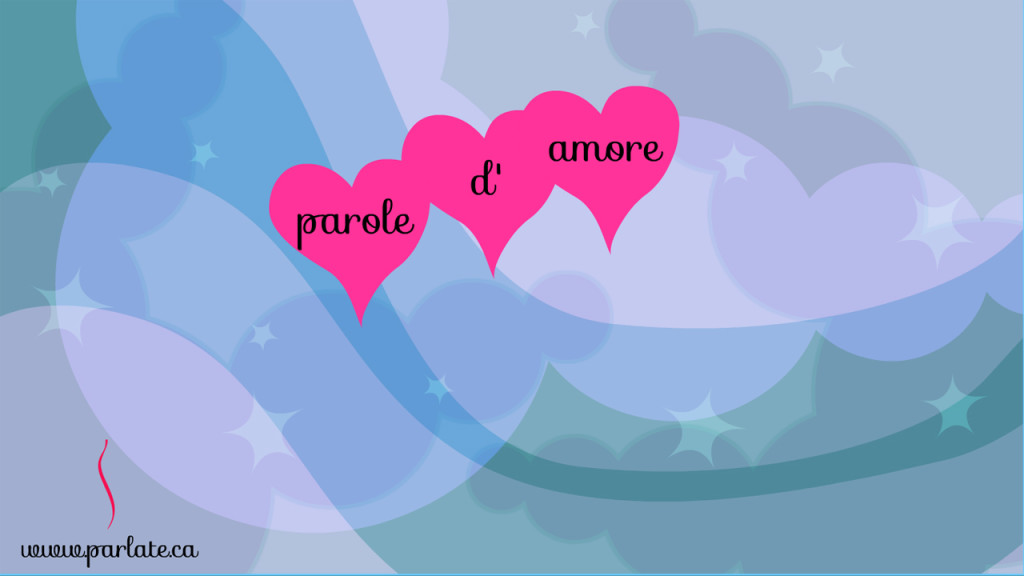Unfortunately, many children did not have and do not have this luck.This article is about an Italian association that donates ice cream to less fortunate children. Enjoy, Mirella
Not Only an Ice Cream but a Taste of Love
di Linda Cooper, 30 luglio 2018
A quale bambino non piace il gelato? Per molti bambini è il cibo più squisito – perfetto in una calda giornata estiva! Ma per alcuni bambini è una gioia della quale devono fare a meno perché le loro famiglie non possono permetterselo. Ma adesso, grazie a Salvamamme, un’associazione che aiuta le famiglie in situazioni difficili, questi bambini, meno fortunati, possono godersi un cono gustoso e rinfrescante.
What child doesn’t like ice cream? For many children it is the most scrumptious food – perfect on a hot sunny day! But for some children it is a joy they must do without because their families are not able to pay for it. But now, thanks to Salvamamme, an association that helps families in difficult situations, these less fortunate children can enjoy a tasty, refreshing cone.
Salvamamme è nata quasi venti anni fa. L’associazione risponde ai bisogni delle famiglie in crisi, intervenendo nei momenti cruciali e offrendo aiuto alle donne vittime di violenza. Per saperne di più su Salvamamme, vai al sito www.salvamamme.it.
Almost 20 years ago, Salvamamme was born. The association responds to the needs of families in crisis, intervening in crucial times and offering help to women victims of violence. To learn more about Salvamamme, go to the website www.salvamamme.it.
Nel 2015 Salvamamme ha avuto un’altra buon’idea. Sapeva che in estate, quando fa caldissimo, ci sono tanti bambini che chiedono ai genitori, “Posso avere del gelato?” Sfortunatamente, molte di queste famiglie, in una difficile situazione economica, non hanno i soldi per comprare un cono. Che delusione!
In 2015 Salvamamme had another good idea. They knew that in the summer, when it is very warm, there were many children that would ask their parents, “Can I have some ice cream?” Unfortunately, many of these families, in a difficult economic situation, did not have the money to buy a cone. What a disappointment!
L’idea geniale si basa su un’antica tradizione napoletana che si chiama “caffè sospeso” che significa un caffè in attesa. Dopo la seconda guerra mondiale, per esprimere solidarietà con quelli meno fortunati, quando una persona andava al bar a bere un caffè, ne pagava due e lasciava il secondo in “sospeso” per una persona che non aveva la possibilità di pagarlo. Quest’usanza si è diffusa attraverso l’Italia ed oggi è possibile regalare un caffè in molti bar italiani.
The brilliant idea is based on an ancient Neapolitan tradition that is called “caffè sospeso”which means “coffee in waiting.” After the Second World War, in order to express solidarity with those less fortunate, when a person went to the bar to have coffee, they would pay for two of them and would leave the second in “sospeso” for a person without the ability to pay for it. This custom spread across Italy and today it is possible to gift a coffee in many Italian bars.
E quindi è nata l’idea del gelato “sospeso”. Oggigiorno dal 1 giugno fino al 31 ottobre, quando compri un gelato per te o per i tuoi bambini, puoi lasciarne uno in “sospeso” per un bambino meno fortunato. Sul bancone della gelateria c’è un vaso di vetro dove puoi lasciare l’offerta. Accanto al vaso c’è una locandina che dice, “Noi aderiamo alla campagna gelato sospeso. Lascia pagato a un bambino un gelato.” Sono tantissime gelaterie in tutte le regioni italiane che partecipano a questo progetto generoso. Dal 2015 al 2017 sono stati donati più di 100.000 gelati!
And so the idea of ice cream “sospeso” was born. Nowadays from June 1 until the 31st of October, when you buy an ice cream for yourself or for your children, you can leave one in “sospeso” for a child less fortunate. On the counter of the ice cream shop there is a glass jar where you can leave the offering. Next to the jar there is a little poster that says, “We enroll in the ‘gelato sospeso’ campaign. Leave an ice cream paid for, for a child.” There are a great many ice cream shops in all the Italian regions that participate in this generous project. From 2015 to 2017 more than 100,000 ice creams have been donated!
Se vai in Italia quest’estate e hai voglia di un gelato, fai attenzione a questi vasi trasparenti. È un’opportunità di donare un gelato, ma anche un sorriso. Troverai le gelaterie aderenti al progetto al sito www.gelatosospeso.it Ci vuole poco per rendere felice un bambino e scommetto che ti sentirai molto felice, anche tu.
If you are going to Italy this summer and you have the desire for an ice cream, look for these transparent jars. It is an opportunity to donate an ice cream but also a smile. You will find the ice cream shops that are enrolled in the project at the site www.gelatosospeso.it. It doesn’t take much to make a child happy and I will bet that you too will feel very happy!
Condividi quest’articolo con i tuoi amici così la prossima volta che andranno in Italia anche loro potranno regalare un gelato sospeso!
Share this article with friends so the next time they go to Italy they can donate un gelato sospeso!
*Le informazioni in quest’articolo sono state raccolte dal podcast “Al dente 138 (20 luglio 2018) e dal sito www.gelatosospeso.it
About the author:
Linda Caprio Cooper is an Italian-american with a great passion for her Italian heritage who has been studying Italian with Mirella for over 2 years. She enjoys writing short stories in Italian and exploring the Italian language and culture.
Read next:
How to use the verb potere
Improve your speaking and grammar while learning some Italian jokes!
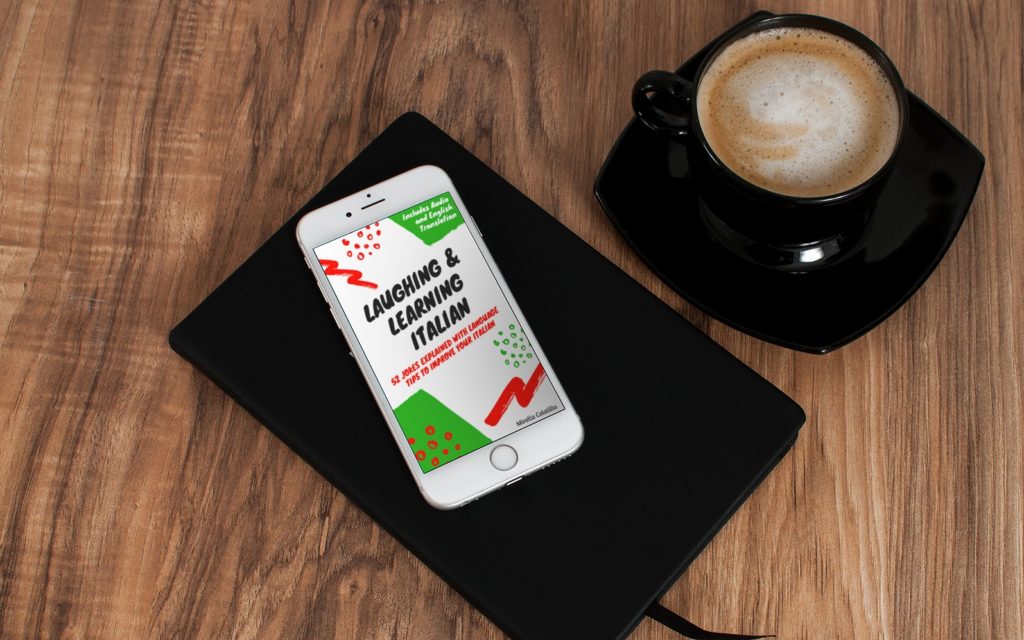
- Come studiare l’italiano in estate o in vacanza?

- 10 proverbi italiani di luglio

- Il fornaio celiaco del Rinascimento | Un racconto italiano

- How to say delicious in Italian – 16 words and phrases

- Top Italian articles of the year | Gli articoli migliori dell’anno

- Dried fruits and nuts | Italian vocabulary
